The hip is a ball and socket joint, with the head of the femur forming the “ball,” and the acetabulum forming the “socket.” A band of thick fibrocartilage called the labrum surrounds the outer rim of the acetabulum, lubricating the joint and enabling it to glide smoothly. The hip labrum can be damaged or torn during intense physical activity, or due to femoroacetabular impingement (FAI), where the femoral head pinches against the acetabulum. causing hip labrum pain and stiffness in the hip and groin.
or
Dr. Kalika has developed his own unique approach to treating hip labrum tears, helping patients to avoid surgical repairs. His expertise in hip preservation therapy is sought by elite athletes, runners and professional dancers across the USA.
Dr. Kalika’s work has preceded multiple research studies that prove that most hip labrum tears and femoroacetabular impingement (FAI) can be successfully treated with conservative care. His approach is based on technological 3D analysis, high resolution ultrasonography, cutting-edge physical therapy, neuromodulation, ultrasound guided dry needling, and regenerative technologies and injection therapies.
Dr. Kalika also specializes in treating post-surgical arthroscopic FAI and labral repairs, where surgery was unsuccessful in alleviating pain and restoring hip function.
Hip labrum tears and FAI are common athletic injuries in sports like football and soccer that require pivoting, cutting and quick directional changes. Labrum tears are also often seen in active older adults. Most physical therapy clinics use pre-set protocols that treat all hip labrum injuries the same.
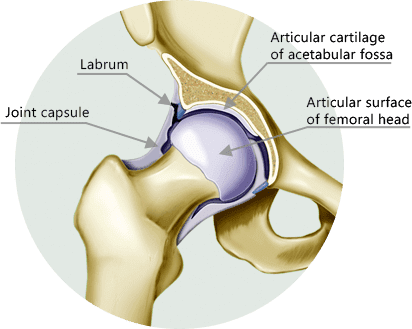
At NYDNRehab, we take a personalized one-on-one approach to patient care. When creating treatment protocols, we account for the unique anatomical makeup of individual patients, and their unique diagnostic profile. We use high-resolution ultrasonography and technologically advanced 3D movement analysis to get an accurate picture of each patient’s condition. We then create a personalized treatment plan, based on our results.
But we don’t stop when the pain goes away. We fully rehabilitate your hip to restore full pain-free function, then do feedback training to re-establish communication between your brain and muscles, to restore optimal motor patterns.
Our high-tech equipment and personalized approach to hip labrum pain sets NYDNRehab apart as a premier clinic for hip labrum pain in NYC.
Pain at the front of the hip joint
Groin pain
Soreness and stiffness around the hip joint
Hip locking, clicking or popping
Trauma from sports or accidents
Femoroacetabular impingement (FAI)
Hip hyper-mobility
Hip dysplasia
Degenerative joint disease

Many doctors rely on a physical exam, symptoms and X-rays to diagnose hip labrum pain. At NYDNRehab, we use the highest resolution diagnostic ultrasound imaging to examine the hip in real time, with the patient in motion and providing feedback. Ultrasound allows us to see the extent of damage, as well as the limitations it imposes on movement.
We then use computer assisted 3D motion analysis to measure and quantify the quality of hip movement pre-treatment, to provide a baseline for measuring progress.
With a thorough and accurate diagnosis in hand, we are able to design a personalized treatment plan, geared to the specific needs of the patient.

Please explore more advanced diagnostic option unavailable anywhere else:

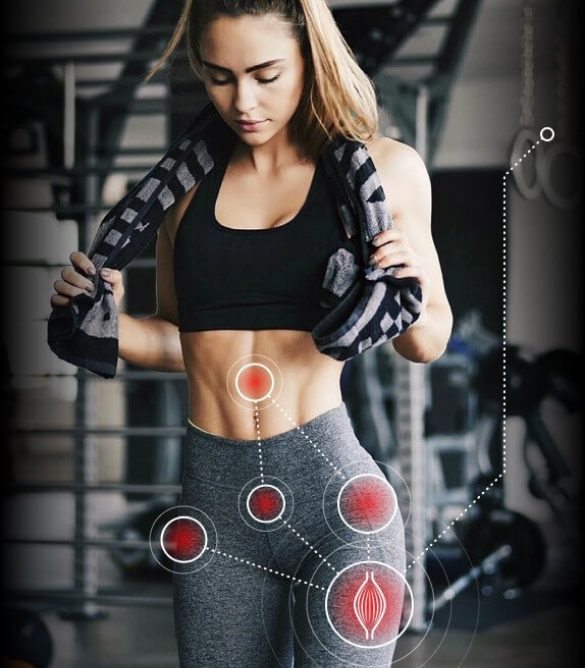
The clinic at NYDNRehab features advanced technologies rarely found in private physical therapy clinics. Combined with our experience and expertise, our treatment tools ensure fast and effective recovery.
Your body has its own innate healing mechanisms, but they sometimes need a nudge to stimulate the healing process. Regenerative technologies help to jump-start healing at the cellular level, for fast and effective recovery with minimal discomfort for the patient.
Focused ESWT technology produces high frequency sound waves to stimulate the body’s own reparative mechanisms. It is especially effective for fibrocartilaginous structures like the hip labrum.
EMTT is a fairly new technology that transmits high energy magnetic pulses to targeted tissues. The magnetic waves synchronize with the body’s own magnetic fields, causing a disturbance that triggers a regenerative response. EMTT waves can penetrate deep tissues up to 18 cm beneath the skin’s surface, to target difficult-to-reach tendons, muscles, bones and nerves.
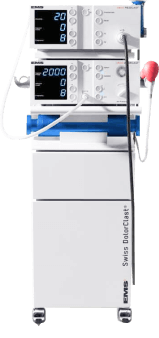
Extracorporeal Pulse Activation Technology (EPAT)
EPAT, also known as defocused shock wave therapy, uses acoustic pressure waves to enhance blood circulation to targeted tissues. This speeds up the delivery of oxygen and nutrients to damaged tissues and stimulates cellular metabolism, to accelerate the healing process.
HEIT uses electromagnetic fields to penetrate cells, tissues, organs and bones, to reactivate the electrochemical function of cells and cell membranes. HEIT generates a magnetic field 600 times stronger than the field of a normal magnet, to stimulate healing of nerves, muscles and blood vessels.
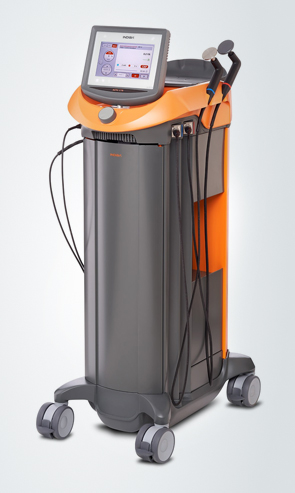
The NESA device generates an algorithm that delivers a biphasic low-frequency electrical current via semi-electrodes attached to the hands and feet. It emits a series of intermittent and cyclical stimuli that travel through autonomic neural pathways, restoring optimal neural signaling to the brain.
INDIBA converts electrical current into a stable frequency of 448 kHz, designed to increase the exchange of ions in damaged cells. The current evokes a regenerative response that accelerates healing.
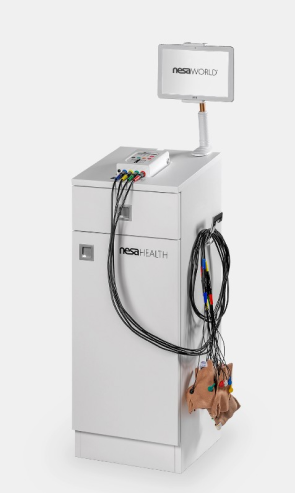
Injection therapies use natural/neutral solutions that stimulate cellular repair by either nourishing or irritating the targeted cells. Guidance by ultrasound ensures that the injected substances hit their mark, for maximum effectiveness.
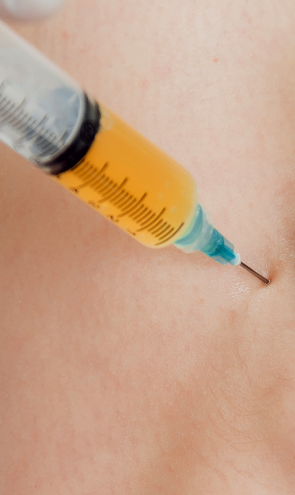
PRP therapy uses a sample of the patient’s own whole blood, which is spun in a centrifuge to extract a high concentration of platelets. When injected into damaged tissues, PRP initiates tissue repair by releasing biologically active factors such as growth factors, cytokines, lysosomes and adhesion proteins. The injected solution stimulates the synthesis of new connective tissues and blood vessels. PRP can help to jump-start healing in chronic injuries and accelerate repair in acute injuries.
Prolotherapy uses a biologically neutral solution, often containing dextrose, saline or lidocaine. The solution irritates the affected connective tissue, stimulating the body’s own natural healing mechanisms to encourage growth of new normal ligament or tendon fibers.

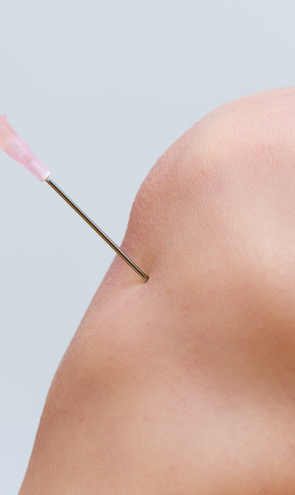
Dry needling targets myofascial trigger points that may contribute to hip labrum pain. Ultrasound guidance ensures accuracy, to minimize pain and discomfort for the patient.
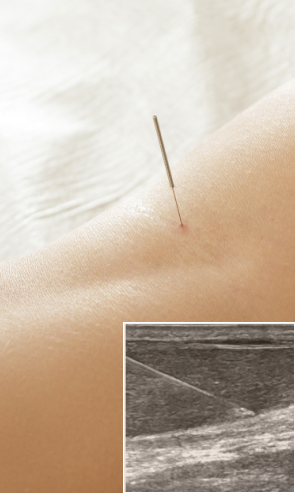
Hip labrum pain can be debilitating, keeping you from your favorite sports and activities. If left untreated, hip labrum tears are likely to get worse instead of better. Accurate diagnosis, early treatment and thorough rehabilitation are fundamental to fully restoring hip function in the least amount of time. You don’t have to live with hip pain. Contact NYDNRehab today, and get the hip labrum treatment you need so you can get back to doing the things you love.
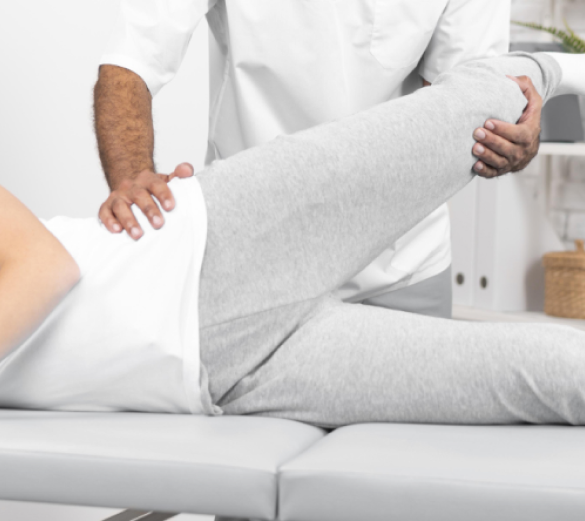
Dr. Lev Kalika is a world-recognized expert in musculoskeletal medicine. with 20+ years of clinical experience in diagnostic musculoskeletal ultrasonography, rehabilitative sports medicine and conservative orthopedics. In addition to operating his clinical practice in Manhattan, he regularly publishes peer-reviewed research on ultrasound-guided therapies and procedures. He serves as a peer reviewer for Springer Nature.
Dr. Kalika is an esteemed member of multiple professional organizations, including: